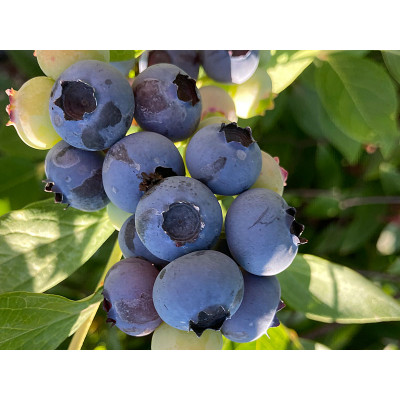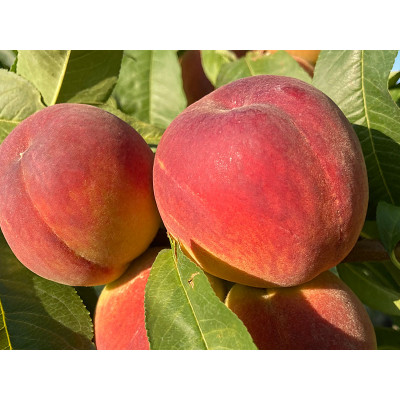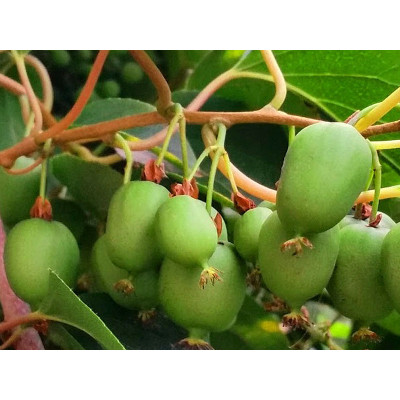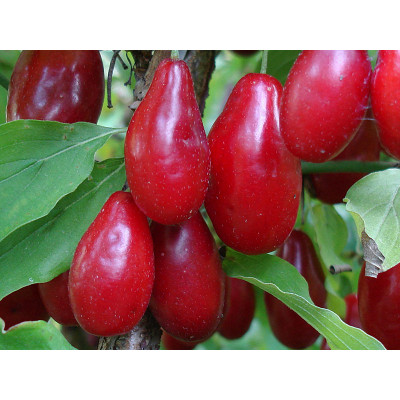Bio Fig Tree (Ficus carica) PERETTA
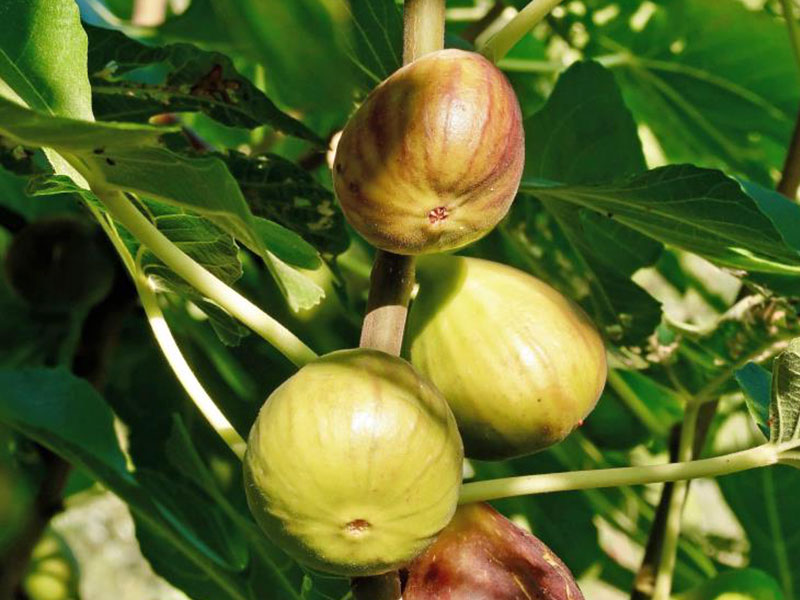
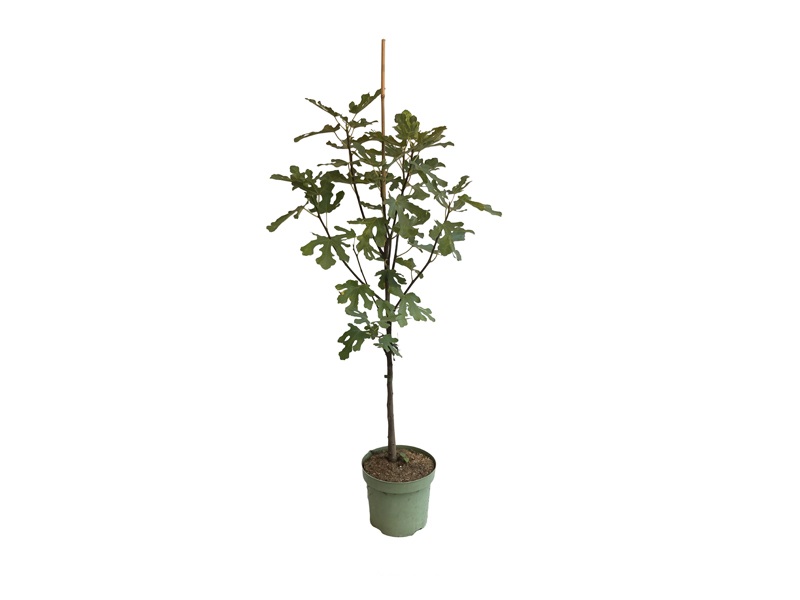
New
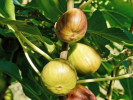

- All the plants that we have on offer and that you can order are actually in stock.
- The standard delivery time is 2-3 working days.
- We always ship parcels on Mondays, Tuesdays and Wednesdays.
- By arrangement, we can also ship plants on Thursdays or Fridays (we do not normally ship on these days in case there is a problem so that the parcels are not left in the depot unnecessarily over the weekend).
- The shipping price depends on the weight of the ordered goods (the more products, the cheaper the price)
- after you have placed the plants in the shopping cart, enter “calculate provisional shipping price” in the shopping cart, after entering the data the eshop will calculate the provisional shipping price for you.
Ask a Question About This Product
Bio Fig Tree (Ficus carica) PERETTA
| Specifications | |
| Height at sale | 110cm |
| Pot | C7,5 |
| Sell as | 3 year old |
| Ripening time | July/August |
The standard delivery time is 3-4 working days.
We send goods on Monday, Tuesday, Wednesday, by agreement also Thursday or Friday.
We send goods on Monday, Tuesday, Wednesday, by agreement also Thursday or Friday.
Price
33,50€
- Stock: In Stock
- Model: Ficus carica
The popular Peretta fig variety is distinguished by its large, juicy and tasty fruits. It is interesting because of its origin and, like the 'Nordic fig tree', its hardiness.
Fig trees and figs, a traditional fruit of the southern regions, have become established in our area because of the ease of cultivation and the taste of the fruit. Many varieties thrive here, but the 'Peretta' fig tree(Ficux Carica Peretta) has more than one characteristic that will make it one of the more popular varieties in our latitudes. The variety bred in Chur, Switzerland, has the mountainous regions of the Alps on its pedigree. The breeders behind Peretta have created a variety that is more resistant to frosts and longer winters. This predestines Peretta for gardens in the middle temperature regions of Slovakia in terms of winters. Young figs generally require protection during the winter (foils, fabrics, shelters and coverings, etc.), while taller trees with thicker trunks are more resistant. In the case of Peretta, protection of young plants is an advantage, but they can survive to temperatures of -15° without protection.
Growing Peretta fig trees
Peretta does not require any major differences from the cultivation of the classic fig tree. It thrives when grown in a container as well as in the garden. When grown in a container, it is more dependent on watering in the event of drought and fruiting than when planted in the open garden. Young fig trees are better grown in containers and given frost protection in winter.
The ideal location is a sunny spot on the south side of the plot with protection against strong winds in the form of a wall or a windproof fence. A two to three year old tree is considered to be stronger and able to withstand frost. Peretta is significantly more successful in this respect compared to other fig trees. The thicker and older it is, the more it survives winters without major damage. In this case, a strong trunk above the ground is important. In the case of mature fig trees, frost damage to young above-ground shoots or branches does not normally mean the death of the tree. The fig tree survives in the roots and will sprout new shoots.
Fig trees can grow and thrive in poorer soils. In sandy or mixed soils. In our gardens, however, our primary concern is to have the healthiest plant with the highest yield. Therefore, a suitable soil will be alkaline and permeable in the top layer. Just ordinary garden soil. Clay or stony soil in the lower layers is fine. A suitable fertilisation method is home-made compost containing calcium, which gives the tree ideal nutrition.
Bearing fruit
It is often said to be self-pollinating, but it is more accurate to say that the fruits form without pollination in the spring months and emerge at the same time as the leaves. So even a solitary fig tree will produce a crop for its grower. It bears fruit even on shoots that are a few months old. In the northern regions of Slovakia, the fruit may not ripen in time, but this can be solved by cultivation or by moving it to a greenhouse and a glasshouse.
The Peretta variety is considered to be large, with excellent flavour characteristics - tasty and juicy. They have pink to red flesh. They can be used for direct consumption, salads, drying and many other preparation methods without restrictions. The first pear-shaped fruits are produced during July and the others ripen gradually. The fig tree will thus be one of those sources of fruit that will not yield it all at once.
Tree shape and pruning
The shape of the fig tree can be influenced by the young plant or by the care of the grower. With undemanding pruning and normal care, it will exceed 3 metres in height and can reach about 2 metres in width. However, the dimensions can easily be adjusted. Maintenance pruning is done in spring. Primarily we remove diseased, dry branches that do not grow into a live branch or branches. If necessary and overcrowded, it can be reached after the fruit is harvested in late summer. When pruning healthy but long branches, it is advisable to leave three buds/leaves and prune above it. New branching will grow there.


